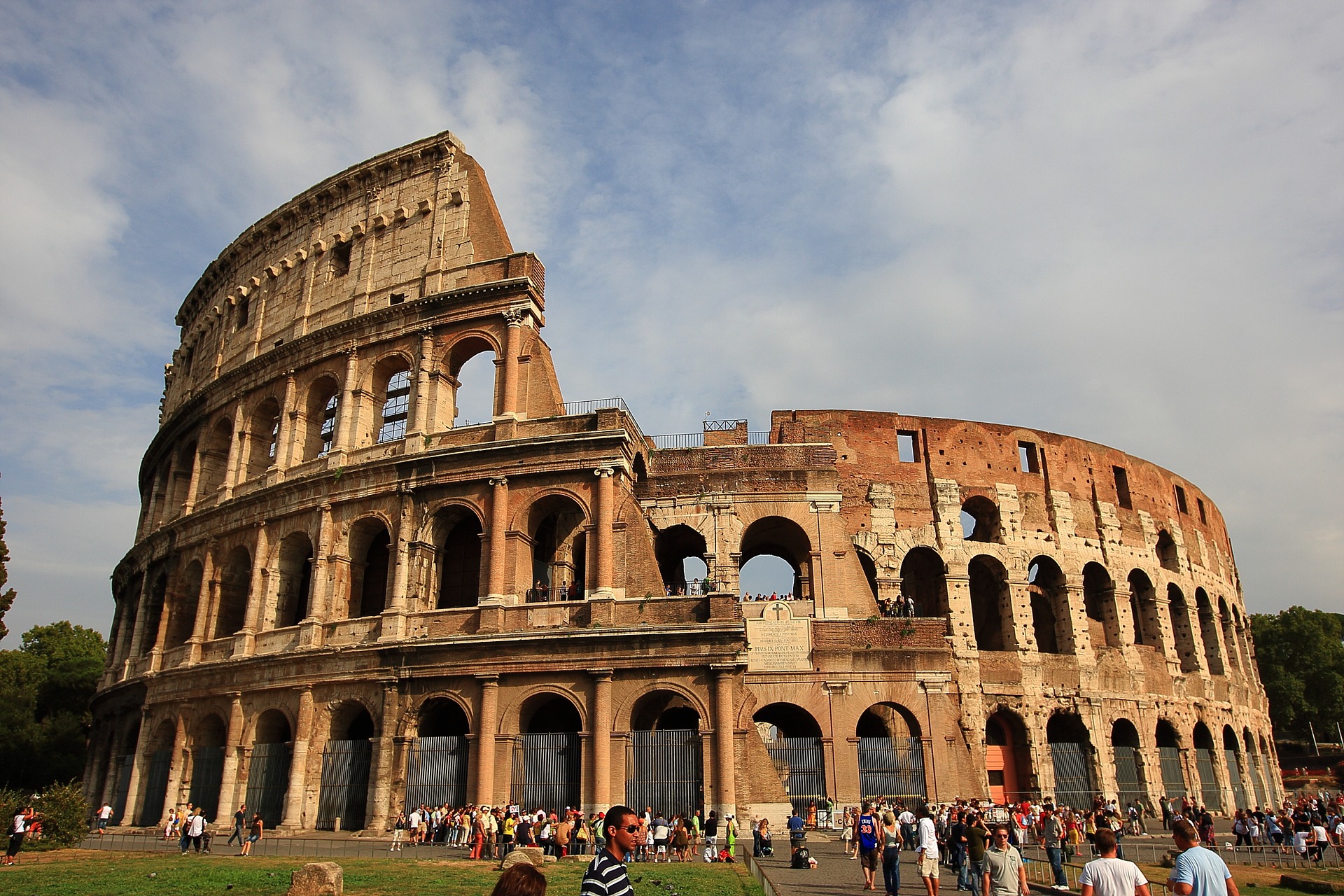Real estate investment might seem like an excellent financial move you can ever make, but villas vs apartments? Well, it requires some considerable thought. You cannot just make the decision. The choice depends on one’s budget, lifestyle, and overall sense of community.
Villas and apartments both offer advantages and disadvantages. On the one hand, villas offer spacious living areas with the utmost privacy, but apartments can be much more convenient and offer many amenities.
This overview delineates the key differences between both living arrangements, examines the pros and cons of each option, and offers insights into costs, amenities, and location considerations.
Whether one is in search of a serene retreat or a vibrant urban experience, a thorough understanding of these factors will facilitate an informed decision.
Overview: Villas vs Apartments

Villas vs. apartments—do we know the distinctions between them? It is crucial to explore the differences while exploring real estate. Each property type has its own pros and cons. Moreover, we must ensure that it fits our needs.
Villas are frequently associated with luxury living, offering substantial square footage, private outdoor spaces, and a variety of amenities that cater to a more affluent lifestyle. Conversely, apartments are designed to accommodate a diverse demographic, providing convenient community living options within urban environments.
The decision between these two options can have a significant impact on an individual’s lifestyle, investment returns, and overall satisfaction, particularly in terms of privacy, amenities, and neighborhood dynamics.
Definition and Key Differences: Villas vs Apartments

Villas are standalone properties distinguished by their spacious layouts, private gardens, and luxury amenities. On the other hand, apartments typically consist of multi-unit buildings designed to maximize space and efficiency.
Villas frequently showcase a variety of architectural styles, ranging from modern minimalism to classical Mediterranean designs. Thus, it is appealing to diverse aesthetic preferences.
These properties often feature expansive living areas, multiple bedrooms, and private outdoor spaces. This makes them particularly suitable for families or individuals seeking tranquility.
In contrast, apartments emphasize functionality and commonly employ contemporary designs. It provides residents with access to communal amenities such as gyms, swimming pools, and rooftop gardens.
The decision to choose from villas vs apartments can significantly impact lifestyle choices. Luxury villas generally offer greater privacy and an exclusive atmosphere. However, apartments present promising investment opportunities due to their high demand in urban areas where space is limited.
Pros and Cons of Living in a Villa
Residing in a villa presents a range of advantages for individuals seeking a luxurious lifestyle, expansive outdoor areas, and heightened privacy.
However, it is important to acknowledge the associated disadvantages, such as increased maintenance responsibilities and elevated costs.
Villas generally offer an upscale living experience with generous square footage. It enables the creation of beautifully landscaped gardens and tranquil outdoor spaces ideal for family gatherings and social events.
Nonetheless, prospective homeowners must carefully evaluate the implications of maintenance, community services, and ownership costs. This can vary significantly depending on the location and available amenities.
Advantages and Disadvantages
The benefits of residing in a villa include:
- Exceptional privacy,
- Generous living spaces, and
- The potential for personalized design.
However, potential drawbacks may involve
- Increased costs,
- Ongoing maintenance responsibilities and
- Possible detachment from community amenities.
Individuals contemplate choosing villas vs apartments. They often find that the expansive layouts of the villa facilitate enhanced family gatherings and promote a more tranquil lifestyle.
For example, substantial outdoor areas offer opportunities for entertaining guests or engaging in gardening, thus accommodating personal interests and family activities.
This tranquility, however, may come with a significant financial commitment. Investing in a villa typically requires a higher initial expenditure, and continuous maintenance can accumulate. This can further impact long-term financial planning.
While the seclusion can provide a peaceful sanctuary, it may also lead to a disconnection from dynamic neighborhood interactions and social conveniences. This can ultimately affect on your lifestyle and community engagement.
Pros and Cons of Living in an Apartment
Apartments offer numerous advantages, including affordability, communal living, and access to shared amenities. However, they may also present drawbacks, such as limited privacy and potential noise levels from neighboring units.
Residing in an apartment often aligns with modern lifestyle preferences. It enables occupants to benefit from contemporary designs and amenities, such as gyms, swimming pools, and designated parking spaces. It also helps alleviate the burden of extensive maintenance responsibilities.
Nevertheless, tenants should be cognizant of the inherent trade-offs. This includes the dynamics of communal living and the effects that shared facilities may have on their daily experiences.
Advantages and Disadvantages
The advantages of apartment living encompass cost-effectiveness and the benefits associated with community living. However, the disadvantages may include restricted space and reduced privacy compared to villas.
For many individuals, the appeal of apartments resides in the extensive range of amenities typically included with these living spaces, such as fitness centers, swimming pools, and communal lounges, which cultivate a sense of belonging among residents.
These amenities facilitate opportunities for social interactions, thereby making it easier for individuals to establish friendships within the community. However, the compact nature of apartments can sometimes result in noise disturbances or limited personal space, which some residents may find challenging.
The lifestyle flexibility that apartments provide, including shorter lease terms and diverse locations, particularly appeals to young professionals and families who may prioritize mobility over permanence.
Cost Comparison
Comprehensive cost comparison between villas and apartments highlights notable disparities in acquisition costs, ongoing expenses, and investment potential, which significantly influence buyer preferences and decisions concerning rental options.
Villas typically require higher initial investments and maintenance costs owing to their size and luxurious features. In contrast, apartments present more affordable pricing and lower upkeep, rendering them attractive to budget-conscious individuals or families.
Understanding the intricacies of the costs associated with both property types is crucial for well-considered choices, whether for direct purchase, leasing, or long-term investment.
Factors Affecting Cost
Several key factors significantly influence the overall cost of villas and apartments, including location, amenities, market demand, and the age of the building.
A prime location typically commands higher prices, particularly in desirable neighborhoods where access to picturesque views, vibrant nightlife, and reputable educational institutions considerably enhance desirability. Additionally, local amenities such as shopping centers, parks, and public transportation options play a crucial role in improving the living experience and justifying premium costs.
Current market trends further complicate pricing dynamics; for instance, a surge in demand during peak seasons may drive rental prices upward, while economic downturns can result in increased vacancies and a decline in property values. Understanding these nuances is essential for both buyers and renters as they assess their options.
Amenities and Facilities
Both villas and apartments are equipped with a range of amenities and facilities designed to accommodate various lifestyle choices and preferences; however, the nature and extent of these offerings can vary significantly.
Villas generally include private outdoor spaces, expansive gardens, and luxurious amenities such as swimming pools and fitness centers, fostering an exclusive living environment that emphasizes comfort and leisure.
In contrast, apartments typically offer access to shared facilities, such as gyms and rooftop gardens, allowing residents to benefit from communal amenities while cultivating a sense of community living.
What to Expect from Villas and Apartments
Residents can anticipate that villas will provide luxurious amenities, including private swimming pools, expansive gardens, and enhanced privacy. In contrast, apartments typically offer access to convenient community services and shared facilities.
Villas allow residents to enjoy the tranquility of spacious outdoor areas, which are ideal for hosting gatherings or relaxing in solitude. The secluded environment provides a peaceful retreat from the hustle and bustle, making it an excellent choice for families seeking a serene haven.
On the other hand, apartments often foster a vibrant community atmosphere through shared amenities such as fitness centers, rooftop lounges, and co-working spaces, thereby facilitating opportunities for interaction and networking.
While villas prioritize personal space and exclusivity, apartments cater to individuals who value social connectivity and the conveniences of urban living. Each option presents a unique residential experience tailored to diverse lifestyles.
Location Considerations
When selecting between villas and apartments, it is crucial to consider location, as it significantly impacts the suitability of the property for an individual’s lifestyle, commuting needs, and neighborhood dynamics.
Villas are generally situated in quieter, more suburban areas, offering residents ample outdoor space and a greater sense of privacy. In contrast, apartments are frequently located in urban environments that provide convenient access to local amenities, public transportation, and opportunities for social engagement.
Recognizing the influence of location on lifestyle preferences and property desirability is essential for prospective buyers or renters.
Factors to Consider when Choosing Between a Villa and Apartment
When selecting between a villa and an apartment, several critical factors must be taken into account, including lifestyle requirements, investment potential, and personal preferences related to community living.
For numerous individuals and families, the decision often rests on practical considerations, such as family dynamics and specific needs, including the desire for additional space or a backyard for children to play.
Maintenance responsibilities also play a crucial role; villas typically require more upkeep than apartments, which may be more appealing to those who prefer a low-maintenance lifestyle.
Additionally, proximity to essential amenities, schools, and grocery stores can significantly impact the choice, ensuring convenience and accessibility for daily routines.
Each of these considerations shapes the overall living experience, making it imperative to evaluate these factors thoroughly prior to making a decision.
Also Read













